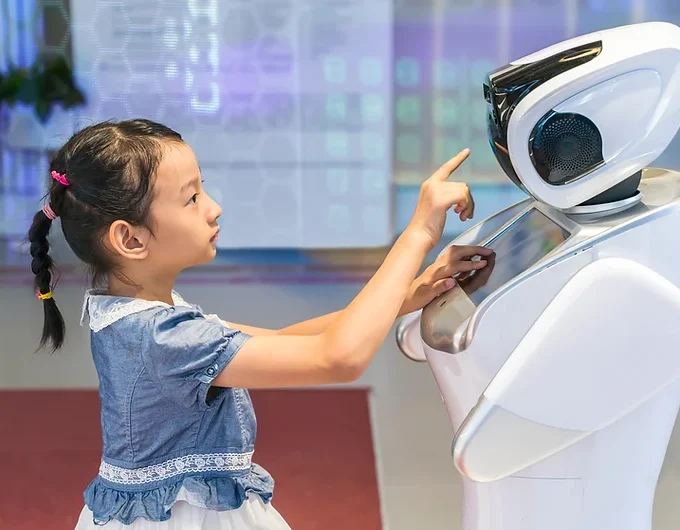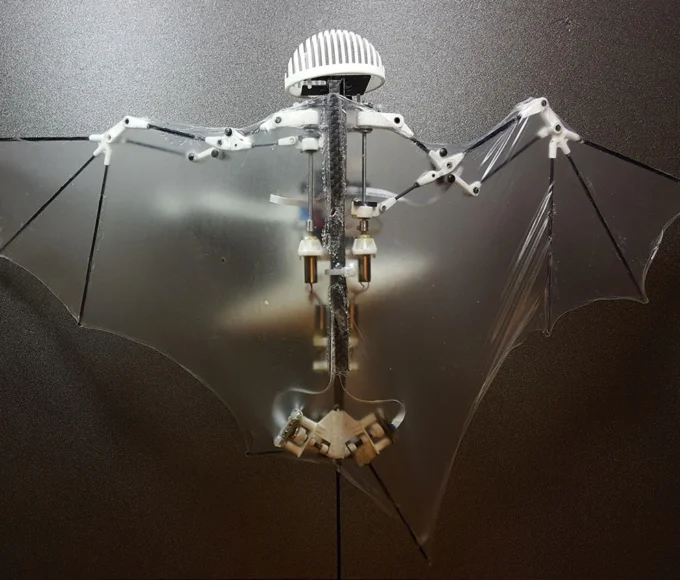In recent years, concerns about the decline in bee populations have reached a critical point. Bees, essential pollinators for a significant portion of our food supply. They have been facing numerous threats, including habitat loss, pesticides, and climate change. As the world grapples with the potential consequences of declining bee populations, scientists and engineers have been exploring innovative solutions. One such solution is the development of robotic beehives, which could play a crucial role in pollinating our future.
The Bee Pollination Crisis
Bees are the unsung heroes of agriculture, responsible for pollinating around one-third of the world’s food crops. Without their diligent work, the global food supply would be severely compromised. However, bees have been facing numerous challenges that have led to alarming population declines.
Habitat Loss: Urbanization and agricultural expansion have led to the destruction of natural bee habitats, reducing their foraging grounds and nesting sites.
Pesticides: The use of pesticides, especially neonicotinoids, has been linked to bee deaths and colony collapses.
Climate Change: Altered weather patterns and extreme weather events disrupt the timing of flowering plants, making it difficult for bees to find the food they need.
Disease and Parasites: Bees are susceptible to various diseases and parasites, further compromising their populations.
The Role of Robotic Beehives
Robotic beehives, often referred to as “robo-bees” or “pollinator drones,” are one of the most promising developments in this field.
Robotic beehives are autonomous flying drones equipped with artificial intelligence and various sensors. These machines are designed to mimic the behavior of natural bees and pollinate plants effectively. Here’s how they work:
Pollination Precision: Robotic beehives use advanced algorithms and sensors to identify and locate flowers that need pollination. They can navigate complex environments and reach plants in need of pollination more efficiently than natural bees.
Artificial Pollen Collection: These drones are equipped with mechanisms to collect and carry pollen. They mimic the process of natural bees by brushing against the flower’s anthers and gathering pollen, which is later deposited on other flowers, facilitating cross-pollination.
Monitoring and Data Collection: Robotic beehives are equipped with sensors to collect valuable data about plant health, pollination rates, and environmental conditions. This data can help farmers optimize their crop management strategies.
Benefits of Robotic Beehives
The development and deployment of robotic beehives offer several significant advantages:
Pollination Security: Robotic beehives can work year-round, regardless of weather conditions, providing consistent and reliable pollination services.
Reduced Dependency on Natural Bees: As natural bee populations decline, robotic beehives can fill the pollination gap, ensuring the sustainability of agriculture.
Increased Efficiency: These drones can cover larger areas more quickly than natural bees, leading to improved crop yields.
Data-Driven Agriculture: The data collected by robotic beehives can help farmers make informed decisions about crop management. This leads to better resource allocation and increased productivity.
Challenges and Future Outlook
While robotic beehives hold immense promise, they are not without challenges:
Cost: Developing and maintaining robotic beehives can be expensive, limiting their accessibility to smaller-scale farmers.
Ethical Concerns: There are ethical debates about the role of robotic pollinators in the natural ecosystem and potential unintended consequences.
Technical Hurdles: Advances in artificial intelligence, energy efficiency, and durability are required to make robotic beehives more practical and sustainable.
Company in this domain
Beewise : Beewise offers robotic beehives that utilizes AI-powered precision robotics with minimal human intervention.
We face the critical issue of declining bee populations, robotic beehives emerge as a promising solution to safeguard our food supply and protect our ecosystems. While challenges remain, ongoing research and development in this field hold the potential to revolutionize agriculture and ensure a pollinator-rich future. These innovative machines are not intended to replace natural bees but rather to complement their essential work in sustaining our world’s food systems.
As we move forward, it is vital to strike a balance between innovation and the preservation of natural ecosystems to create a more sustainable future for all living beings on Earth.
















Leave a comment